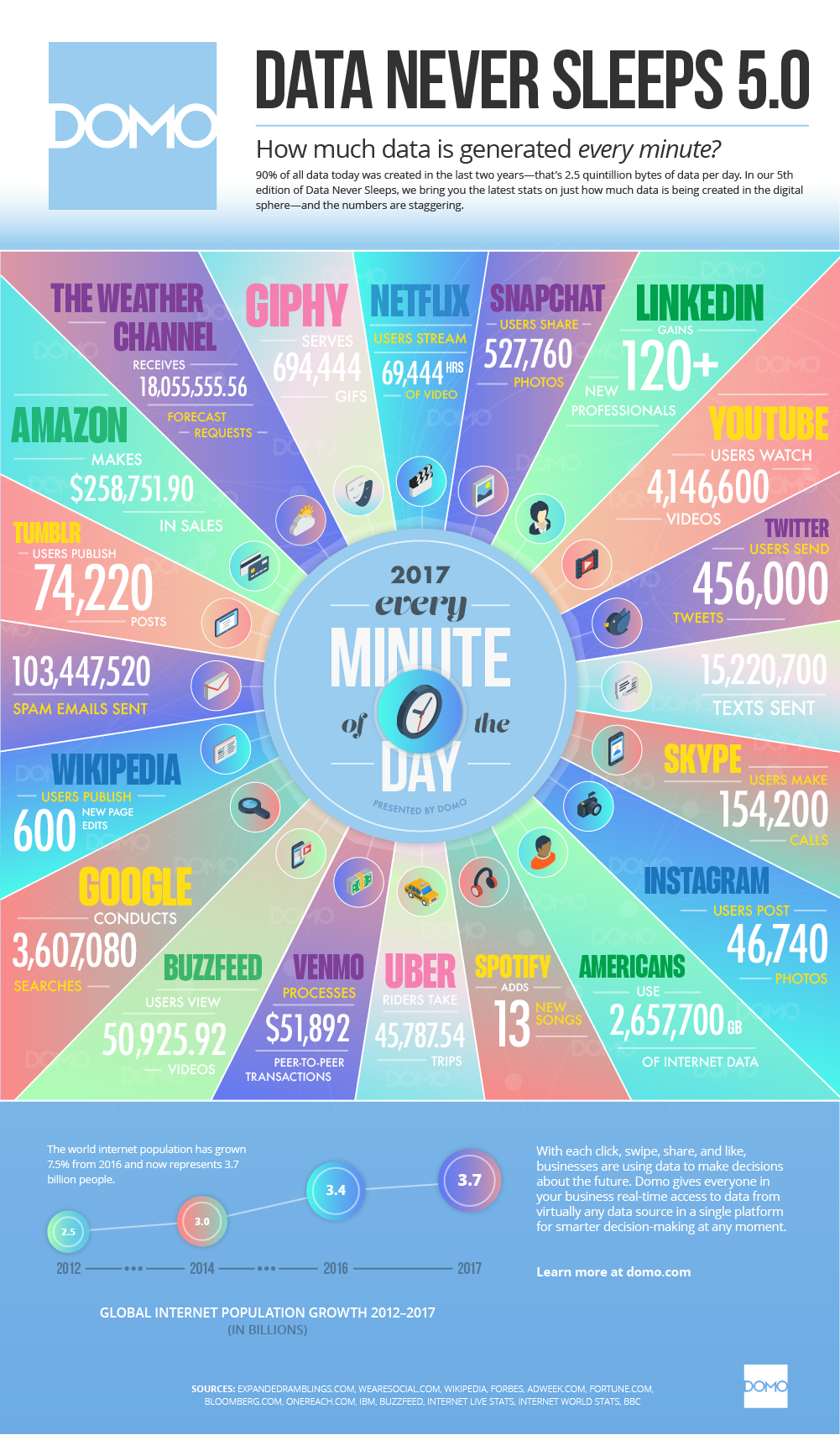Moving data to the cloud, once considered a strenuous task, has now become commonplace in most industries. Originally, this migration started as organizations looked to speed up the time needed to deploy applications or services – something that would typically take months or years using a conventional in-house IT approach. As the Line of Business (LOB) required a more responsive approach and a quicker time to market, companies looked to the cloud to circumvent some of the delays caused by their own IT departments.
The next wave of cloud migration is security and data protection; now that we are using the cloud, IT security is needed to protect that data. While some customers started to require strict security models to mimic their own, in many cases, the cloud vendors provided security that was as good (or better than) the customers’ own security. However, this led to customers having to meet compliance restrictions not only on their in-house systems but also for data held in the cloud. As a result, customers started to ask for analytics similar to their existing in-house controls.
Enter the compliance and governance of data – the third wave of evolution. This relates to who has access to what data and when they access it. Additionally, users expect to be able to access their reports and data on their cloud applications (like they would be able to on their own systems), something that was sadly lacking on most cloud applications.
As many of the cloud applications collect huge volumes of customer data (a.k.a. big data), enterprises are demanding the ability to report and run analytics in real time on the cloud data. This has led vendors to either provide reporting and analytics that are directed at the business user, or they must open up access to the data via APIs to allow customers to create custom reports or interfaces to extract or analyze data in volumes never seen before.
What data can be pulled from cloud analytics and used to improve customer experience?

(Image Source: Domo)
Organizations using cloud analytics can use the data to improve customer experience. With the move to digital transformation, organizations are delivering new and improved services to their customers. Therefore, most of the analytics being tracked are customer experience-related, including:
Prior to cloud analytics existence, what was used to improve customer experience?
In the past, the customer experience was typically measured by IT system service level agreements (SLAs) – for example, was the website up and working? Other metrics included network response times and click times for web access. However, this data is nowhere near as sophisticated as the data now being captured and reported on today. Often, this data was held in disparate systems, therefore many sources had to be combined to provide meaningful data.
There are four main ways users are accessing data from the cloud:
The end customer and the organizations are the main beneficiaries. As access to data speeds up delivery of new business services, it also provides a better customer experience which results in improved customer loyalty. In addition, internal IT can reduce costs and improve efficiencies, thus enabling the business. The ability to capture and utilize cloud data and analytics is enabling significant business growth.
By Daren Glenister





